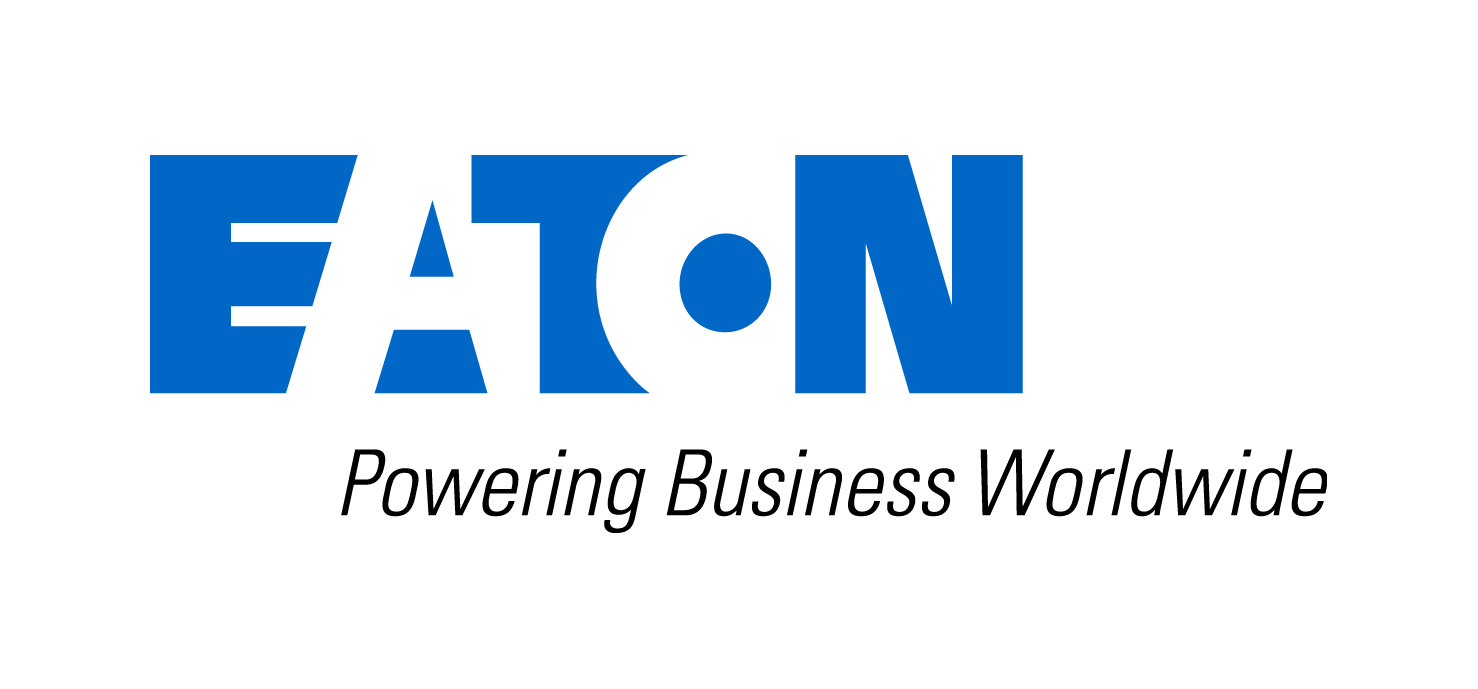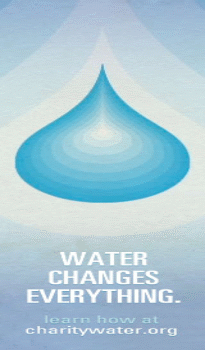Albania: Albania Freshwater Profile 2011
2011/07/02
Albania has plentiful water resources but often their quality is a problem due to pollution, especially in low-lying areas where most of the population lives and most industrial and agricultural activities take place.
General renewable water resources in Albania are about 13 300 m3 per capita per year. These are used for urban, industrial and agricultural purposes as well as for hydroelectricity.
Surface waters are a major asset for the economy of the country. They are very important for many uses such as electricity supply, agriculture, fisheries, tourism, industry as well as drinking water supply.
Albania also has rich in groundwater resources. The renewable resource in seven main geological strata is 1 250 million m3 / year.
Towns and cities as well as industrial, agricultural and farming areas are sources of pollution of surface waters and groundwater.
The management and protection of the aquatic environment is an important activity for the country. To achieve sustainable development, it is particularly important to develop and implement efficient methods and technologies for the rational use of natural resources, taking both their quality and quantity into account, and to control the impacts of resource use on the environment.
The state and impacts
Evaluation of the state of surface waters in rivers and lakes and control of their pollution is carried out by monitoring in compliance with the National Programme on Environmental Monitoring. Based on the Decision ( of the Council of Ministers DCM no. 103, dated 31.3.2002] ) On environmental monitoring in the Republic of Albania, institutions are contracted by the Ministry of Environment, Forests and Water Administration to monitor the quality of surface water, bathing water, groundwater and wastewater discharges.
Wastewater discharges in the main cities are monitored to measure their impacts on rivers, lakes and coastal waters. Monitoring in urban and rural areas is carried out for some cities. Studies on surface water quality are based on information provided by sampling at the 30 stations of the national river water quality monitoring network and monitoring at six lake stations.
Rivers
During the period 2001-2008, Biological Oxygen Demand (BOD5), a measure of organic pollution) remained at a more or less constant level, indicating continuing organic pollution, caused by regular urban water discharges into rivers. The highest level of BOD5 is found in the Ishem River.
Concentrations of ammonium in rivers show clear changes from year to year and there is a rising trend, notably for 2003-2006, with concentrations apparently decreasing in period 2007-2008.
The annual mean concentrations of nitrate in all rivers have decreased, but levels have stabilised in 2006-2008.
The concentrations of total phosphorus (P-tot) have been relatively stable in all monitored rivers excepting the Ishem.

Ohrid Lake
The phosphorus content of 0.006-0.01mg/l, the high content of dissolved oxygen, and relatively high values of transparency, indicate that the water in this lake is oligotrophically stable.
The other indicators of pollution such as nitrate content, although at low levels, should not be ignored because the trends are rising compared with previous years.
Prespa Lake
The oxygen and phosphorus contents show that the lake is already at a mezotrophic tending towards a eutrophic level. The ecological system of the lake requires a detailed study but that will necessitate collaboration between Albania, Macedonia and Greece.
Shkodra Lake
The water in the lake is relatively saturated with oxygen; the phosphorus content values are low and decreasing at the bottom of lake; the electrical conductivity of water is rising due to different discharges into the lake.
Shkodra lake, monthly mean value for chlorophyll-a, 2009
Groundwaters
Groundwater is a vital source of drinking water for Albania’s people. In low-lying western and south-eastern parts of country, where about two thirds of its population is concentrated, drinking water comes mainly from groundwater. Intensive exploitation of groundwater often creates hydrodynamic and hydrochemical disequilibriums that result in a permanent pollution risk to nature and human activities.
Groundwater monitoring is carried out in the Drini, Mati, Ishëm-Erzen, Shkumbini, Seman, Vjosa and Zona Jonike basins. Groundwaters generally have good physical and chemical properties, meeting local pollution standards, with no massive pollution of ponds. Some nitrogen dioxide and ammonium is found in some special drilling sites but these are isolated occurrences resulting mainly from poor implementation of rigorous exclusion areas and sanitary protection around the drilling.
Fig.1 Annual mean value for NO3 2008-2009
Fig.2 Annual mean value for NO2 2008-2009
Groundwater is found to be neutral or alkaline. No acid water has been found in the monitored ponds and drillings.
Monitoring results during the period 2002-2008 indicate that in all basins general mineralisation, nitrate and nitrite content are within the permitted levels and the pH of groundwaters is within the permitted levels for drinking water. However, the required standards for ammonium content are not met ,
- Related Articles
-
Albania Economic Performance
2011/10/22 Albania IMF 2011 October 21, 2011 Background Albania has weathered the global crisis well, as sound policies implemented during the pre-crisis years provided policy space to mitigate the crisis fallout. The crisis also ushered in the needed rebalancing of the economy, and the very large external imbalance has narrowed. The financial system overcame heightened stress in the immediate aftermath of the crisis and avoided a credit bust, though asset quality declined. -
Albania National Aquaculture Sector Overview
2011/09/25 Albania Aquaculture Sector Characteristics, structure and resources of the sector -
IMF Data & Forecasts
2011/08/10 2010 2015 Scale Units GDP at constant prices 634.87 777.55 Billions -
Albania Climate change mitigation 2011
2011/07/02 The Albanian Government became part of the United Nations Framework Convention on Climate Change (UNFCCC) in 1995 and ratified the Kyoto Protocol in 2004, so acknowledging the importance of climate change and the need to take effective measures to mitigate its consequences. -
Albania Waste Profile 2011
2011/07/02 Why should we care about this issue The development of the infrastructure and construction in Albania during recent years has caused an increase in urban and construction waste. Due to this unforeseen increase in waste and its weak management, the impact on the environment and human health is considerable. Prevention and reduction of generated waste through recycling and incineration is one of the main standards of the waste management policy. Therefore, to improve waste management, Albania is compiling the National Waste Plan 2010–25.
-
- Albania News
-
- AFGHANISTAN: UNWTO: International tourism – strongest half-year results since 2010
- ALBANIA: US LNG exports make European market more competitive
- ALBANIA: European Union to support Albania's public administration reform
- ALBANIA: European Union to support Albania's public administration reform
- AFGHANISTAN: Higher earning Why a university degree is worth more in some countries than others
- ALBANIA: Albanian Activists Mull Lawsuits to Stop Power Plants
- Trending Articles
-
- SOUTH AFRICA: Nigeria and South Africa emerge from recession
- BAHRAIN: Bahrain issues new rules to encourage fintech growth
- ARUBA: Director of Tourism Turks and Caicos after Irma: Tourism, visitors, hotels current status
- ANGOLA: Angola: Elections / 2017 - Provisional Data Point Out Qualified Majority for MPLA
- WORLD: How fair is our food? Big companies take reins on sourcing schemes
- CHINA: Russian firm seals energy exploration deal to drill South African shelf





















